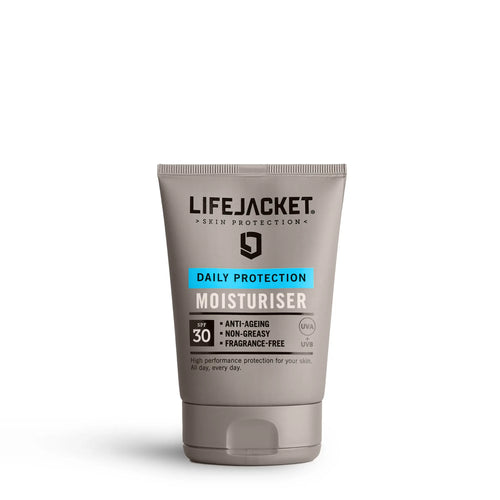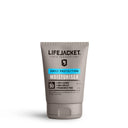In my previous tech corner journal, I spoke about skin irritation and the redness, stinging and burning sensations it can lead to. Biologically, your skin has evolved to deal with a number of external factors. But one of the issues of the modern world - and something your skin really hasn’t had time to adapt to - is the vast range of pollutants that float around us from the relatively rapid development of industry and cars.
Obviously this “particulate matter” is now firmly part of modern life. You’ll face less of it if you live and work in the countryside but for the vast majority of people who live in towns and cities, it’s simply another factor in the daily battle our skin faces to maintain balance and protect you on the inside.
What do these particles do to my skin?
Recent studies have shown a distinct skin-ageing pathway linked to Particulate Matter (PM). Polycyclic Aromatic Hydrocarbons (PAHs) bound to the surface of these particles have the ability to penetrate the skin and directly 'corrupt' skin cells, causing the formation of wrinkles and dark spots, or triggering inflammation.
The first major epidemiological study that established a link between exposure to particulate matter and skin damage, identified and explained how Diesel Exhaust Particles (DEPs), specifically, can corrupt cell metabolism. Cell metabolism is a term to describe everything that happens within a cell allowing it to undertake all essential processes. So, it's pretty fundamental!
With studies showing that airborne pollutants can cause damage to the skin, we tried hard to find ingredient technology that could counteract pollution damage and include it in one of our products. It made sense to us to include it in our Daily Repair Moisturiser given this product is designed to be used in the evening for recovery and repair.
The tech we went for...
To help your skin fight back, we utilised a key technology that can neutralise pollutants and in doing so, protect your skin from collagen degradation (causing wrinkles), melanin overstimulation (causing dark spots) and inflammation (causing redness and sensitivity).
That chemical 'tech' comes in the form of Benzylidene. This key ingredient is a pollution neutraliser that binds to the many pollutants our skin is exposed to, preventing them from penetrating into the dermis. Critically, it can also repair damage from UVB radiation.
While the next few charts are technical, we want to show you the full picture as opposed to just telling you something works and ending it there. Specifically, I'll show the impact Benzylidene had when used in three different scenario.
Protection against collagen degradation
Diesel exhaust particles can encourage the 'expression' of the Matrix Metallo- Proteinase-1 (MMP-1) gene, which is known to be responsible for the formation of wrinkles and sagging skin. In this experiment, Benzlydiene significantly reduced how 'strongly' this gene expressed itself.
See below (untreated vs. Benzlydiene at 0% with stimulated pollutants vs. Benzlydiene at 0.000031% with stimulated pollutants).


Prevention of melanin overstimulation
Benzlyidene also significantly reduces the Proopiomelanocortin (POMC) expression induced by diesel exhaust particles. POMC is released from keratinocytes and triggers melanin biosynthesis, which is responsible for the formation of dark spots.
See below (untreated vs. Benzlydiene at 0% with stimulated pollutants vs. Benzlydiene at 0.000031% with stimulated pollutants).

Skin protection against “inflammaging”
Finally, Benzlyidene can significantly reduce the diesel exhaust particle-triggered expression of inflammation gene markers such as Interleukin-6 (IL-6), linked to an inflammatory response of the skin (inflammaging).
See below (untreated vs. Benzlydiene at 0% with stimulated pollutants vs. Benzlydiene at 0.000077% and 0.000031% with stimulated pollutants).

Phew...that's the science over with
Benzylidene is just one of the many ingredients we use to help us achieve our ambition of delivering high performance formulations that benefit your skin.
We’re always innovating and improving but you can be 100% reassured that all our products are toxicologically and dermatologically tested, so you know your skin is in safe hands.
We also want you to know that the science is here for you if you want it.
Stay safe









